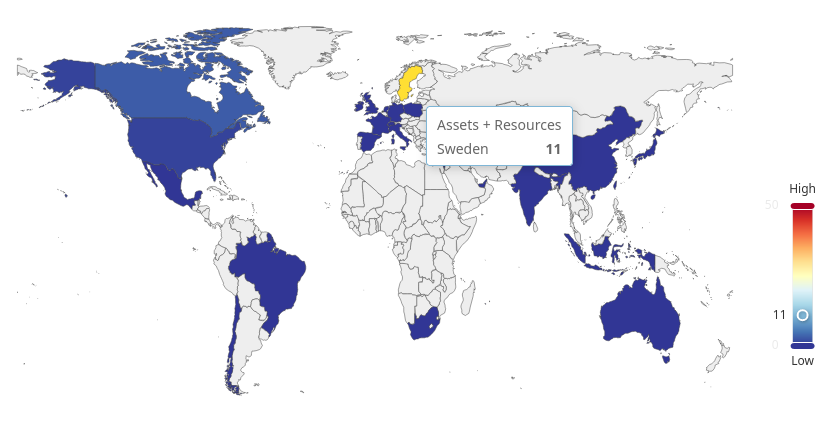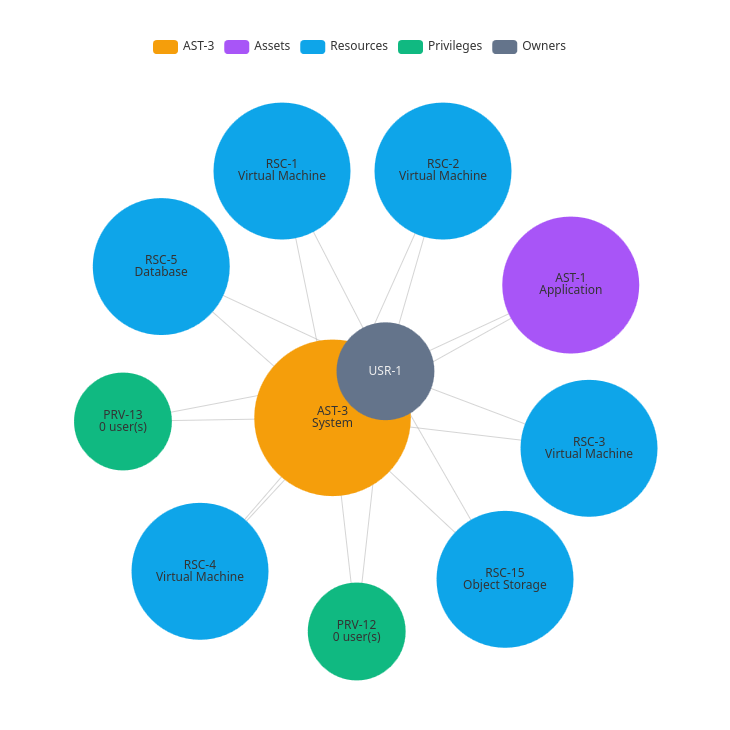Superviso for
Asset Management
Relying on spreadsheets to document your assets? Can you easily identify the owner and classification level of your data?
It's a fundamental requirement in most security frameworks. Now, when it comes to personal data—do you have a clear view of which assets store your client information? Many privacy laws mandate such documentation.

Worldwide Assets
A single comprehensive view to quickly identify where your most valuable assets are strategically located.

Classification Levels
Swiftly ascertain the type of data stored, processed, and/or transmitted by your assets and resources.

Automations
Utilize tags within your cloud provider to configure certain settings, including classification, owner, and asset assignment.
These are just a few examples...
Assets
Assets are linked to resources, privileges, ownership, and even other informational assets. It is essential for all organizations to have a comprehensive understanding of their assets, the associated data, and their locations.
Resources
Resources encompass diverse components within an asset, such as servers, databases, object storage, repositories, etc. These resources are automatically gathered through integrations and serve as crucial inputs for your assets.
Classification
The classification of assets is based on the types of data present across associated resources. The asset classification is determined by the highest classification among these types.
Locations
Knowing the data location is crucial for the organization and compliance with various privacy laws. The region or data center, automatically detected for popular cloud providers, ensures alignment with these regulations.
Privileges
Privileges are a fundamental aspect of the Identity Governance module, encompassing groups, roles, and/or permissions linked to assets and granted to users.
Manual
Using automation is one approach to handle assets and resources. Manual creation remains a viable option and can be integrated into the workflow for classifying and assigning locations.
Set up integrations to make your life easier
Managing assets and resources, as well as ensuring the related documentation including classification, locations, and ownership, can swiftly become challenging.
Our integrations enable retrieval and reconciliation multiple times daily within Superviso without requiring your intervention. Utilize tags provided by your cloud provider to configure specific settings, including classification, ownership, and asset assignment.



